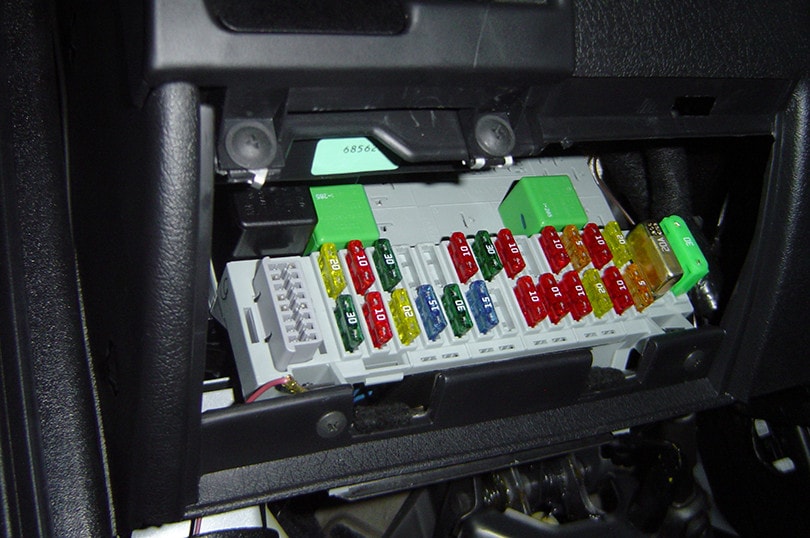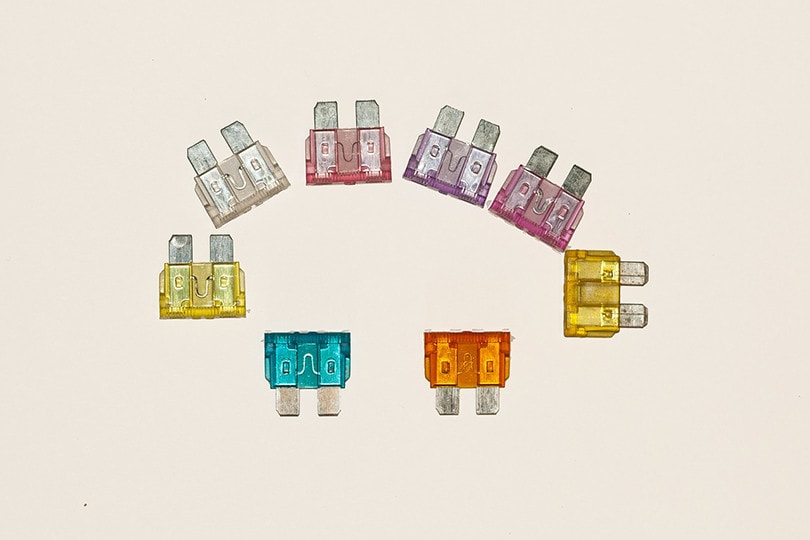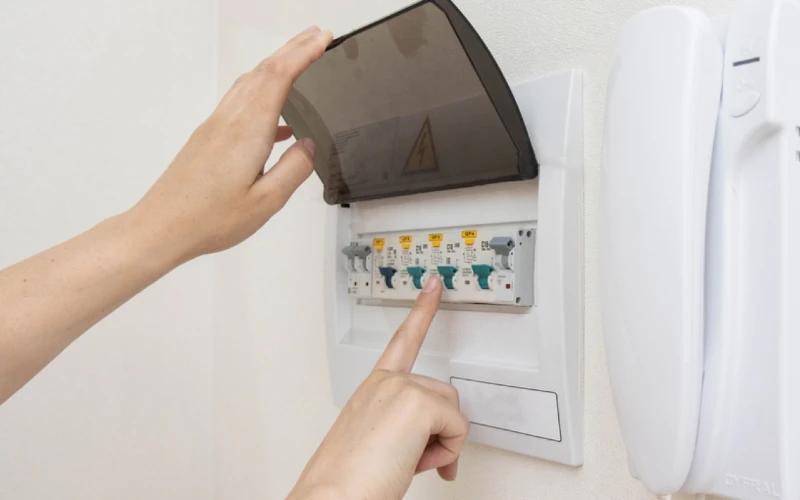5 Different Types of Car Fuses (with Pictures)
-
Ed Malaker
- Last updated:

If you just started driving or have purchased a new car, it can be helpful to learn about the different types of fuses that it contains. Fuses help your electrical system run correctly, and if one of them blows, you will need to locate it and replace it as soon as possible. Unlike most automotive repairs, replacing the fuses is simple and inexpensive. Keep reading as we look at the different types of fuses that you are likely to encounter. We also discuss what they do and how to change them.
The 5 Different Types of Car Fuses
1. Blade Fuses

| Characteristics: | Thin and flat shape in multiple sizes and amps |
| Uses: | Extremely common in automobiles |
| Amperes: | 2–80 |
One of the most common types of automotive fuses you will likely encounter is the blade fuse. It has a flat shape and can be many colors, including blue, red, orange, yellow, green, and brown. The colored plastic shape will have two or three flat metal legs sticking out as contact points. These provide protection for small to medium-sized wires and are available at any value up to 80 amps.
It’s easy to see the value of blade fuses, and they don’t roll away like round fuses. Blade fuses are available in six sizes, including Micro2, Micro3, Low Profile Mini, Mini, ATO/ATC, and Maxi. The only downside to this fuse is that it eventually burns out, and when it does, you will need to replace it.
- Don’t roll away
- Easy to read
- Burn out eventually
2. Cartridge Fuses
| Characteristics: | Multiple shapes but often round |
| Uses: | Extremely common in automobiles |
| Amperes: | 35–60 |
Cartridge fuses are extremely popular for cars, and you will also find them in other areas, like the home. They have a simple construction, work quickly at any temperature, and are simple to replace. Cartridge fuses have been used for a long time, so they are well-tested, inexpensive, and easy to find.
Like with blade fuses, the downside of cartridge fuses is that you must replace them if they encounter too much power. Another disadvantage is that you can only choose values between 35 and 60 amperes, which are not as versatile as blade fuses.
- Inexpensive
- Easy to read
- Burn out
- Not as many ampere selections as blade fuses
3. PAL Fuses

| Characteristics: | Rectangular, female, or bolt-on terminals |
| Uses: | Common in Japanese vehicles |
| Amperes: | 20–120 |
PAL fuses are special cartridge fuses that are extremely popular in Japanese vehicles. They can withstand several amps beyond what ordinary cartridge fuses are capable of, so you will likely find them on power-intensive circuits. These fuses are color-coded for easy identification.
- High power rating
- Color-coded
- Some need to be screwed in place
4. High-Current Fuses
| Characteristics: | Multiple shapes but often rectangular, with metal tabs on the sides |
| Uses: | Power-intensive circuits |
| Amperes: | 50–200 |
Like cartridge fuses, high-current fuses can be any shape or size, but they are frequently square or rectangular, with metal contact posts sticking out the sides. You often need to screw these tabs in place when installing a new fuse, and they can withstand up to 200 amps.
You will often see these fuses in power-intensive circuits of non-Japanese vehicles. It’s usually easy to determine their value by matching their color to a chart.
- High power rating
- Color-coded
- Usually require screws to keep in place
5. Circuit Breaker

| Characteristics: | Similar to blade fuses but thicker |
| Uses: | Replace standard fuses |
| Amperes: | 15–60 |
A circuit-breaking fuse enables you to reset it, like the circuit breaker in your home, so you don’t need to replace it if it trips. Some automobiles might even come with the standard.
It resembles a blade fuse but is quite a bit larger to house the tripping mechanism, and it’s an excellent choice for circuits that trip frequently. The large surface area makes it easy to read the value. The downside to the circuit breaker fuse is that its large size might be difficult to use in some situations and will likely have a higher cost.
- Reusable
- Easy to read
- Expensive
- Large size
 How Do I Change My Fuses?
How Do I Change My Fuses?
If you notice that your lights or radio aren’t working, there is a good chance that you have blown a fuse. It happens, and there is no immediate cause for concern, but you must replace the fuse to get everything working correctly again. You can make an appointment at an auto mechanic, but it’s usually a relatively easy task you can do yourself in a few minutes.
Your fuses are either in a fuse box under the dashboard or in a fuse box under the hood. In both cases, the boxes are usually on the driver’s side. A quick look in your owner’s manual or online will tell you which fuse you need and where you can find it. If you don’t have a fuse, a quick trip to any local auto parts store will have what you need.
To change the fuse, you only need to pull out the old one and push in the new one in its place, and you will be good to go.
- See Also: 12 Car Fire Statistics
Does a Blown Fuse Mean I Have a Problem?
No, bumps in the road and other issues can cause a small power spike that is enough to blow a fuse in some cases. However, if you need to change the same fuse again quickly, we recommend having the vehicle inspected by a certified mechanic to determine if there is an electrical problem. If the car is more than 10 years old, it might be good to have it looked at after every blown fuse. Car fires can occur as the car gets older.
Summary
Even though there are several types of fuses available, the only ones you will likely need to change are blade fuses and maybe cartridge fuses. The blade fuse is extremely easy to change. It’s also color-coded and usually contains easy-to-read text. We recommend having a qualified service technician change any PAL or high-current fuses to ensure that there isn’t an electrical issue.
Featured Image Credit: Pxhere
Contents
